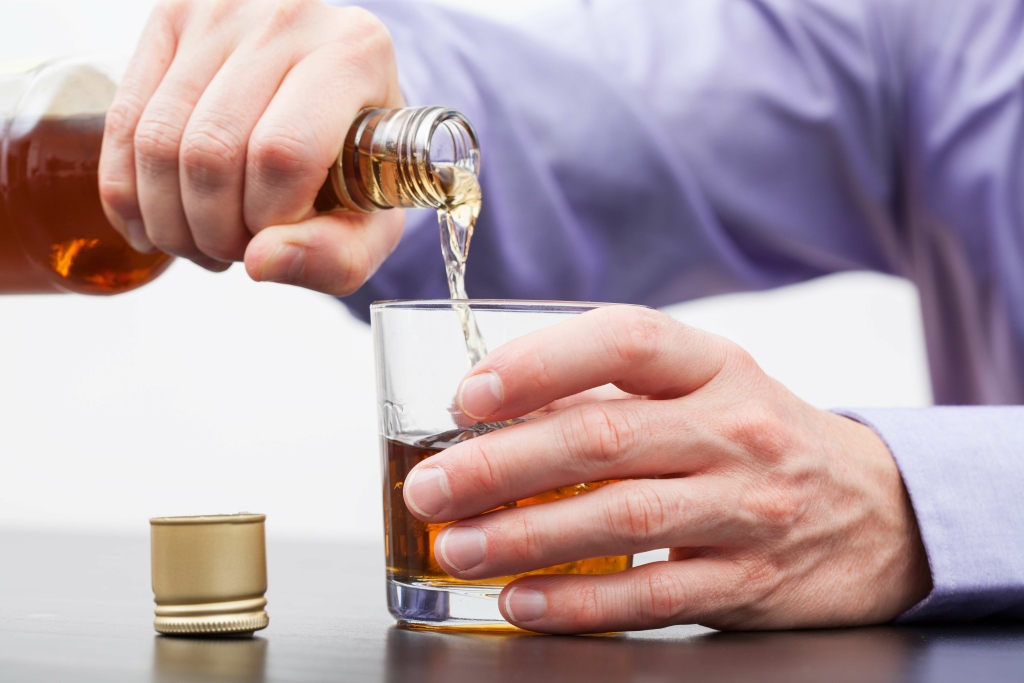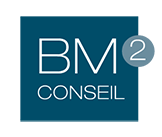Content
One of the main components of substance abuse treatment is the fellowship that is created between staff, counselors, and fellow recovering individuals. That is one of the reasons 12-step programs like Alcoholics Anonymous have success. Having a support system of people who understand the struggles of addiction and can be a shoulder to lean on is extremely beneficial, and it may be impossible for some to ever recover without it. The Substance Abuse and Mental Health Services Administration states that having social networks and relationships that provide love, hope, friendship, and support are an essential part of recovery. The appropriate duration for an individual depends on the type and degree of the patient’s problems and needs. Research indicates that most addicted individuals need at least 3 months in treatment to significantly reduce or stop their drug use and that the best outcomes occur with longer durations of treatment.
Our low client-to-counselor ratio also ensures you get to develop a bond with your counselors. Your counselors will learn and understand your needs and goals on a deep level so they can help you create the best treatment plan for you. When your counselor knows you well, they can also help you understand yourself better, which will aid your recovery substantially. « Nobody recovered from addiction dead. My feeling is if we can keep people alive long enough, we know eventually the majority get recovery, » he said.
Residential Treatment Program Features
Support from trained professionals helps clients manage withdrawal symptoms and ensures they don’t use while detoxing. While many programs range from 28 to 90 days, there isn’t a set treatment time period that works for everyone. Some individuals may progress quickly in treatment, while others may require more long-term Top 5 Questions to Ask Yourself When Choosing Sober House inpatient rehab. It’s important that the individual’s progress is assessed throughout treatment, ensuring that the patient does not “graduate” from the program too early. Regardless of how long an individual spends in inpatient treatment, a solid aftercare program should be in place prior to leaving the facility.

Some people can overcome their addiction with little or no aftercare. Others may need to be proactive for months, years or the rest of their lives to prevent relapse. Both treatment options include one to two weeks of detoxification followed by an assessment of the personal issues that contribute to your addiction. These can include psychological trauma, chemical imbalances, and an overabundance of addiction triggers. The typical length of stay in PHP at Longleaf is 2 to 6 weeks, while time in IOP often spans between 8 and 12 weeks.
Getting Help For Addiction
Researchers say these hopeful findings are significant because they might inspire people to keep attempting recovery even after they endure multiple relapses. Studies also show racial bias makes it harder for Black and Hispanic Americans to find treatment. « They fought to only keep me in [rehab] for 14 days; they didn’t want to pay for 30, and I knew that wasn’t enough for me, » Rasco recalled. « They didn’t want to put me in a halfway house. I knew I needed a half-way house. » Studies show people usually recover, but as with Rasco and Mable-Jones, the process happens slowly after multiple relapses.
- Addiction Resource does not favor or support any specific recovery center, nor do we claim to ensure the quality, validity, or effectiveness of any particular treatment center.
- A 90-day program may at first seem intimidating, but as mentioned before, the longer you’re in treatment and have support, the higher your chance will be at maintaining sobriety after you leave.
- The most common rehab programs are thirty, sixty, or ninety days in duration.
- However, if you’ve hit your bottom and are prepared to say “no more” to substance abuse, you can take the first brave step towards a sober tomorrow.
While tragic, the 100,000 fatal drug overdoses last year actually claimed the lives of a tiny percentage of the 31.9 million Americans who use illegal drugs. Researchers say this data — and this lived experience — contradicts a widespread misperception that substance-use disorder is a permanent affliction and often fatal. Now she’s a homeowner, she started a small business and says life is « awesome. » GateHouse Treatment has offered many resources regarding Adderall in past blogs, so let’s tie everything together with a rundown of Adderall dangers, shortage, and abuse. Transitional job programs help participants with placement assistance, resume writing, interviewing skills, appropriate job behaviors, conflict resolution, and other workplace skills. Upon enrollment, an “Admittance Statement” is required to be signed by all participants acknowledging that work therapy will be a part of their program.
What Is the Average Length of Stay in Drug Rehab?
Research indicates that active participation in self-help meetings, such as Alcoholics Anonymous, during and after rehab encourages longer recovery periods. Support can also come from internet-based interventions and self-monitoring through telephone-based systems. Before you leave The Dunes, our aftercare specialist will design a long term recovery program that suits your needs. You will also have the option to continue regular sessions with your primary Dunes therapist via Skype, phone and text through our E-Hab program.
- Cravings for drugs or alcohol can occur at any time, and temptation is common.
- The family of the patient gets to contribute meaningfully to their healing.
- One troubling question is whether this pattern — multiple relapses leading to eventual recovery — will continue now that more street drugs are contaminated with the deadly synthetic opioid fentanyl.
- Additionally, Longleaf Hospital offers state-of-the-art programming for adults, aged 18 and older, who are suffering from substance abuse concerns.
Addiction Resource does not offer medical diagnosis, treatment, or advice. Only trained and licensed medical professionals can provide such services. If you or anyone you know is undergoing a severe health crisis, call a doctor or 911 immediately. Aftercare provides mental, spiritual, emotional, and physical wellness. Many people can “rewire” their brains to never desire a substance again simply because of all the pain it has caused them.
However, a majority of people with a substance use disorder do not get help. According to the National Survey on Drug Use and Health, 21.7 million people aged 12 or older needed addiction treatment in 2015, yet just 2.3 million went to rehab. Following inpatient care, many will continue with outpatient care as a way of seguing back into their lives and society.
Is it good to do rehab everyday?
Taking part in rehab exercises is key to gaining strength and mobility back in the injured area. With that being said, there must be rest days in between; without it there will be no progress. That is due to the fact that the muscles don't have time to recover.
Without effective treatment, you are destined to suffer insurmountable obstacles that can seem unavoidable at times, which can make you feel as if your life has spiraled out of your control. However, if you’re struggling with a substance abuse problem, you’re actually in full control of your future. You can participate in rehab services that can instill the confidence, coping mechanisms, and recovery skills you need to live your best life; a life uncompromised by drugs and/or alcohol. Most inpatient rehab centers offer stays in intervals of one month, three months, six months, or nine months. In some instances, patients can receive extended care options where they can attend an inpatient facility for up to a year. Many internal and external factors can influence how long a person stays in rehab.
About half of people who experience a mental health condition will also experience a substance use disorder and vice versa. In 2020, 17 million U.S. adults had a co-occurring mental health disorder and SUD. The general intent is to enable the patient to confront substance dependence, if present, and stop substance misuse to avoid the psychological, legal, financial, social, and physical consequences that can be caused. Overcoming a substance use disorder typically requires multiple phases, including detox, treatment and aftercare. For those in recovery, staying vigilant in their sobriety must be a lifelong commitment. In 2012, 17 percent of admissions to treatment facilities nationwide were for substance abuse rehabilitation on an inpatient basis, according to SAMHSA.


Laissez un commentaire